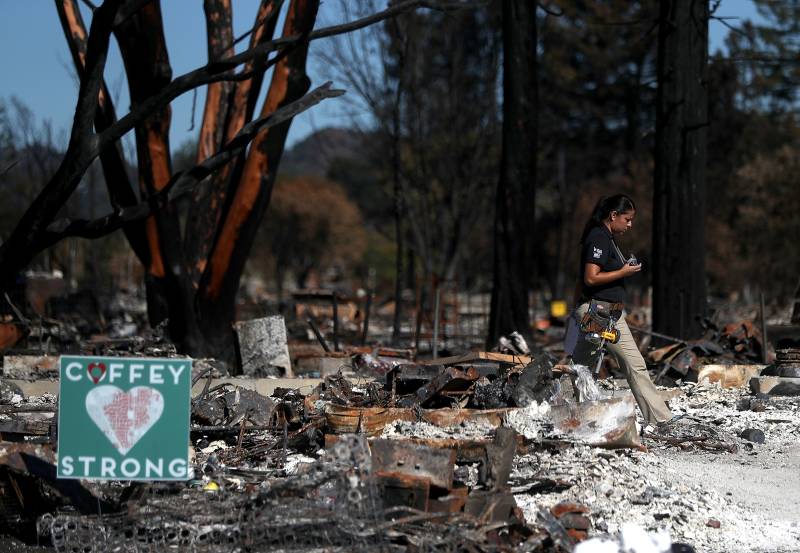Nearly seven years after the Tubbs Fire tore through Northern California wine country, displacing thousands of people, the Sonoma County Board of Supervisors on Tuesday approved stronger tenant protections triggered during natural disasters as part of a wider package of rental laws.
Under the new ordinances, when county officials declare a state of emergency, landlords must accept late rent payments and can only evict in a more limited set of circumstances. The package also expands tenant protections when there is no emergency, widening the pool of tenants eligible for “just cause” eviction protections, among other provisions.
“We’ve learned from Sonoma County’s history of disasters that we can’t afford to wait until the next disaster hits, especially for our undocumented community members, who are among the most marginalized,” said Beatrice Camacho, director of local mutual aid organization UndocuFund.

